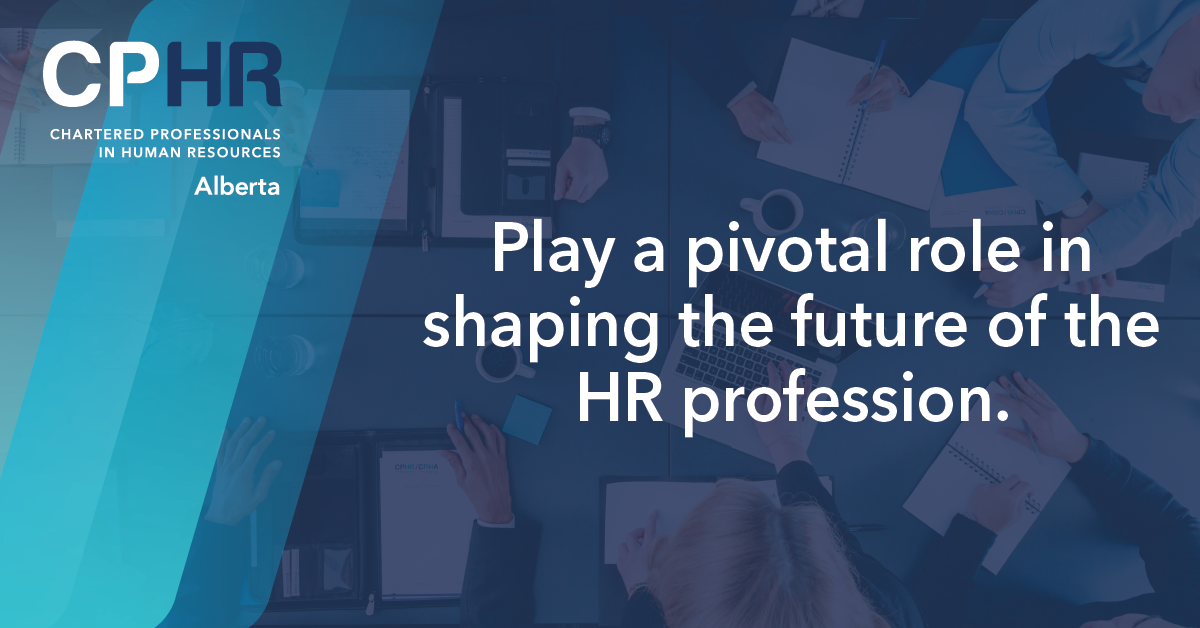
A Reflection on Women’s Equality in the Workplace

Contributors from the Grande Prairie CPHR Alberta Chapter Committee: Valerie Boon, Mandy Ingraham, Jennifer Ireson, Jennifer Swan.
The following article is a review by the Grande Prairie CPHR Alberta Chapter Committee of the article: Women’s Equality In The Workplace Requires Greater Inclusion (forbes.com) by Paolo Gaudiano and COVID-19 pandemic has disproportionately impacted women by Anna A. Tavis, Ph.D.
This article discusses International Women's Day, its role in generating discussions and new regulations around gender equality. Despite these efforts, gender disparities persist and were worsened by the COVID-19 pandemic. The author suggests that the single-minded focus on numerical representation for diversity rather than prioritizing inclusion and equity is a critical reason for this. It has been well-documented that diverse and inclusive workplaces are more innovative, productive, and successful, which is good news for women and companies.
The thought of measuring for exclusion across an entire organization would perhaps produce less animosity amongst employees as many privileged people feel a sense of angst and favoritism when companies focus on asking only those they consider marginalized or on areas that they are already 'included.' In the book Nudge by Richard Thaler, the discussion on choice architecture is applied similarly. Allowing employees and employers to make better choices by designing processes that increase better decisions will produce beneficial outcomes toward meeting the organization's goals.
For example, suppose a company has decided that its upper-management team needs additional diversity. In that case, the recruitment process may be adjusted only to provide candidates that meet that requirement. The selection process must not overstep human rights within the jurisdiction. Still, by not providing candidates who meet those diversity standards, they subtly nudge the team to hire and meet company goals.
One section spoke to the most significant gender disparity, Respect. "What harms employees are the day-to-day slights and micro-aggressions that result primarily from interactions with colleagues." The article lists where an organization would have the most significant opportunity to move the needle on gender biases by educating and bringing awareness of the impact of each employee's interactions having a direct correlation to others' satisfaction with the workplace. This is a fundamental yet often forgotten piece of the daily grind.
What both articles found was:
- Gender effect was profound during the financial crisis and through Covid-19, forcing many women disproportionately out of the workplace
- Economists have known that women's workforce participation rate has been stagnant
- The gap has widened being that globally the trend in many cultures is that women stay at home and do additional unpaid work, which has impacted the percentage of participation downward because of traditional gender roles
- Summary of the Tri-factor challenge affecting women worldwide:
1. Women tend to represent front-line workers with very little stability
2. Working moms took on responsibilities of educating and child care when stay-at-home order was in place
3. Women took on caregiving roles
The Tri-factor effect has been something that has been a significant factor in progressing the participation of women in the workforce. The balance of equality and equity is at the forefront when viewing women in the workforce during a financial or global crisis. Women represent the vast majority of front-line essential worker positions while still being expected to carry the burden of supporting family needs. Organizations that foster a "women at work" culture could perhaps gain a strategic advantage.
It is frustrating, then, that despite these efforts, significant disparities persist. In fact, the COVID-19 pandemic has disproportionately impacted women , highlighting some of the structural inequalities that continue to pervade our economy and virtually all facets of our society.
In times of difficult recruitment and unemployment rates at historic lows, employers must take action to ensure they are doing everything possible to retain their talent. So much effort is taken to ensure companies are getting the diverse talent they need in the door. Now, the more difficult task comes, ensuring they stay. By looking at what the article lists as "process metrics," companies can evaluate where they may be missing the mark.
With a disproportionally high rate of women in human resources, it is an opportunity to ’nudge’ companies into making the right decision regarding diversity, equity and inclusion in the workplace. Set a place for HR at the upper-management table and devise a new DEI plan.
The views and opinions expressed in this blog post belong solely to the original author(s) and do not necessarily represent the views and opinions of CPHR Alberta.
The views and opinions expressed in this blog post belong solely to the original author(s) and do not necessarily represent the views and opinions of CPHR Alberta.





